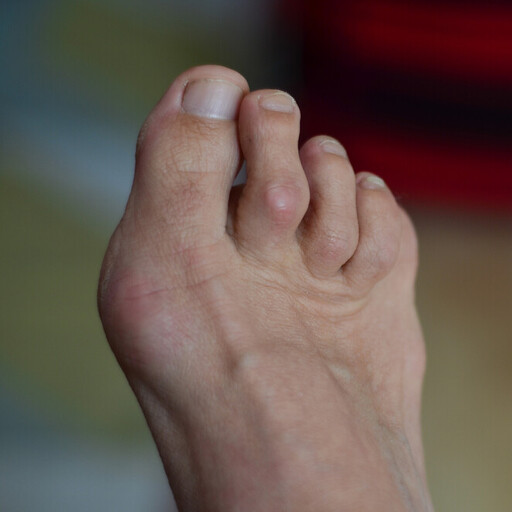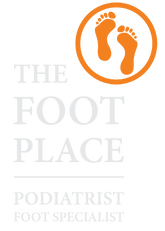Hammer Toes
A Hammertoe is a deformity that causes your toe to bend or curl downward instead of pointing forward. This “abnormal” position can almost be referred to as “normal” as so many people have them. We only become involved in their treatment when the toe position produces pain, infection or irritation within footwear. Women are more likely to get pain associated with Hammertoes than men because of footwear.
Signs & Symptoms
The most common complaint with hammertoes is rubbing and irritation on the top of the bent toe. Over time this rubbing irritates the affected skin and produces a blister, corn or in severe cases, a localised ulceration or sinus formation often resulting in an infection. Sometimes the position can cause irritation to the nail plate or its border producing ingrown nails, Subungual Exostosis or nail thickening (Onychogryphosis).
I am often told by patients that they are surprised something so small can produce so much pain. However, the problem can be serious and can stop people from walking so it is vital that professional, specialist help is taken.
Causes
Your toe contains two joints that allow it to bend at the middle and bottom. A Hammertoe occurs from a muscle and ligament imbalance around the toe joint which causes the middle joint of the toe (the Proximal Inter-Phalangeal joint), to bend and become stuck in this position.
This deformity can affect any toe on your foot; however, it most often affects the 2nd toe or 5th toe. A Hammertoe can be caused by:
a toe injury
arthritis
a high foot arch
wearing shoes that don’t fit properly. If shoes are too tight, too short, or too pointy, they push the toes out of balance. Pointy, high-heeled shoes put particularly severe pressure on the toes.
tightened ligaments or tendons in the foot
pressure from a bunion (when your big toe points inward toward your second toe)
Diagnosis
The correction of any foot disorder is dependent on the provider understanding the cause of that disorder.
Our specialist podiatrist, Stefan, is highly qualified and experienced with over 30 years of clinical practice. His knowledge and experience enables him to offer a thorough, in-depth assessment of your condition. This may include, but is not limited to, a biomechanical examination, gait analysis, colour doppler ultrasound. In some cases, haematological tests or a referral to MRI may be required. Once a diagnosis is determined, he will spend time to fully explain your condition, providing treatment options aimed at providing you with a long-term pain relief for your specific condition.
Treatment
The treatment of a Hammertoe depends upon the severity of the condition. This can be related to the progression of the Hammertoe, if it’s flexible, semi rigid (semi-reducible) or rigid (non-reducible).
A thorough in-depth examination is undertaken to help determine the cause of the Hammer toe. When its related to the way in which your foot moves when you walk or stand (a biomechanical abnormality), the use of prescription orthotics and change of footwear may be recommended.
Treatment may include recommendations of a regime of specific, targeted mobilisation/stretching techniques that you can do at home. Over time, these can help straighten the toe and reduce its rubbing within footwear.
Sometimes a custom made device can be made to help deflect pressure away from the toe, providing pain relief within foot wear.
Early treatment for a painful or irritating Hammer toe is recommended. This helps to reduce the damage this condition can do to your toe and help you maintain a pain free, healthy and happy quality of life.
Prevention
Early treatment for a painful or irritating Hammer toe is recommended. This helps to reduce the damage this condition can do to your toe and help you maintain a pain free, healthy and happy quality of life.
Hammer toes can be caused by tight-fitting footwear. Tight-fitting hosiery, in-particular tight fitting “onesies” for infants can also harm the growing foot and cause toe deformities. It’s best to cut young feet free and let cover them in cosy, loose-fitting clothing.
Other toe shapes are inherited and there is little we can do to influence their shape. In general, give your toes room to breathe, treat them like fingers rather than sausages and do your best to accommodate their shape rather than force them into spaces that are too tight.
Any exercise aimed at improving your general flexibility is also highly recommended. This includes but is not limited to:
Pilates
Yoga
Tai chi
Regular deep tissue/sports massage
Acupuncture
Regular osteopathic treatment
Regular chiropractic treatment
Regular physiotherapy

